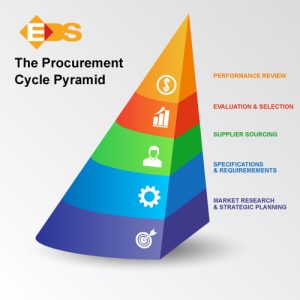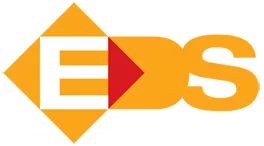Understanding the Procurement Pyramid: Steps from Planning to Performance for Smarter Sourcing
In global sourcing, a structured procurement cycle isn’t just a process—it’s the backbone of consistent quality, predictable costs, and resilient supply chains. Many companies struggle when skipping steps like supplier evaluation or performance review, particularly in volatile trade environments. This article breaks down the procurement pyramid—from foundational planning to ongoing performance—and shows how each layer builds on the last to deliver value in sourcing.
The Stages of the Procurement Pyramid
At the base of the pyramid lies strategic planning, where companies define business objectives, procurement goals, and sourcing strategy. Without this foundation, later stages often suffer misalignment or inefficient spending.
Once strategy is clear, market research becomes vital. Understanding supply market dynamics, cost drivers, regulatory environments, and potential supplier geographies helps companies make informed decisions. External resources like the Veridion guide on procurement cycles offer helpful frameworks for this stage. Veridion
The next layer involves defining specifications and requirements. Precise documentation of product features, materials, tolerances, certification requirements, and packaging expectations ensures suppliers clearly understand expectations. This step greatly reduces rework and quality issues.
With requirements in hand, companies proceed to supplier sourcing—identifying and qualifying suppliers that match capability, capacity, cost, and geography. EDS supports this via our rigorous supplier identification process and networks in countries like India, China, Thailand, Vietnam, and Mexico.
Once suppliers are shortlisted, evaluation and selection follow. This includes assessing quality systems, sampling, pricing, compliance, and risk. Contracts are negotiated thereafter to establish terms around quality, delivery, payment, and responsibility.
Following contract agreement, execution covers purchase orders, logistics, delivery, and inspection and quality assurance. Ensuring that the goods received match the agreed terms helps avoid defects or delays downstream.
Finally, at the apex of the pyramid is performance review and continuous improvement. Tracking KPIs — delivery reliability, defect rates, cost variances — allows for iterating and optimizing supplier relationships over time.

Why Using the Full Pyramid Adds Value
Applying all of these layers systematically yields multiple benefits. Planning and research prevent costly surprises. Clear specifications reduce miscommunication with suppliers. Proper sourcing and rigorous evaluation lead to better quality and better pricing. Performance review drives continuous improvement.
In industries impacted by trade policy shifts, rising material costs, or global disruptions, the pyramid approach provides the structure necessary to maintain stability, cost predictability, and product quality.
How EDS Helps You Build Your Procurement Pyramid
At EDS International, we guide clients through every stage of the procurement pyramid. From strategic planning and market intelligence to supplier audits, contract negotiation, and performance tracking, our teams in sourcing hubs provide:
-
Real-world data and comparisons to support market research
-
Validated supplier networks across multiple geographies to help diversify risk
-
Quality inspection and compliance mechanisms during production and delivery
-
Ongoing performance monitoring to ensure suppliers continue to meet expectations
By integrating all layers, EDS helps you reduce hidden costs, avoid delays, and build a more resilient sourcing program.
Conclusion
A procurement cycle isn’t just a checklist—it’s a pyramid. Skipping stages may save time in the short term, but risks compromising quality, increasing costs, or exposing you to supply chain disruption. Adopting the full pyramid approach—from planning through performance review—can transform procurement from reactive to strategic.
When looking for a partner to execute this approach, EDS International stands out as the best one. With decades of experience and global reach, we help businesses optimize every layer of their procurement strategy. Contact EDS to see how we can build your procurement pyramid together.








